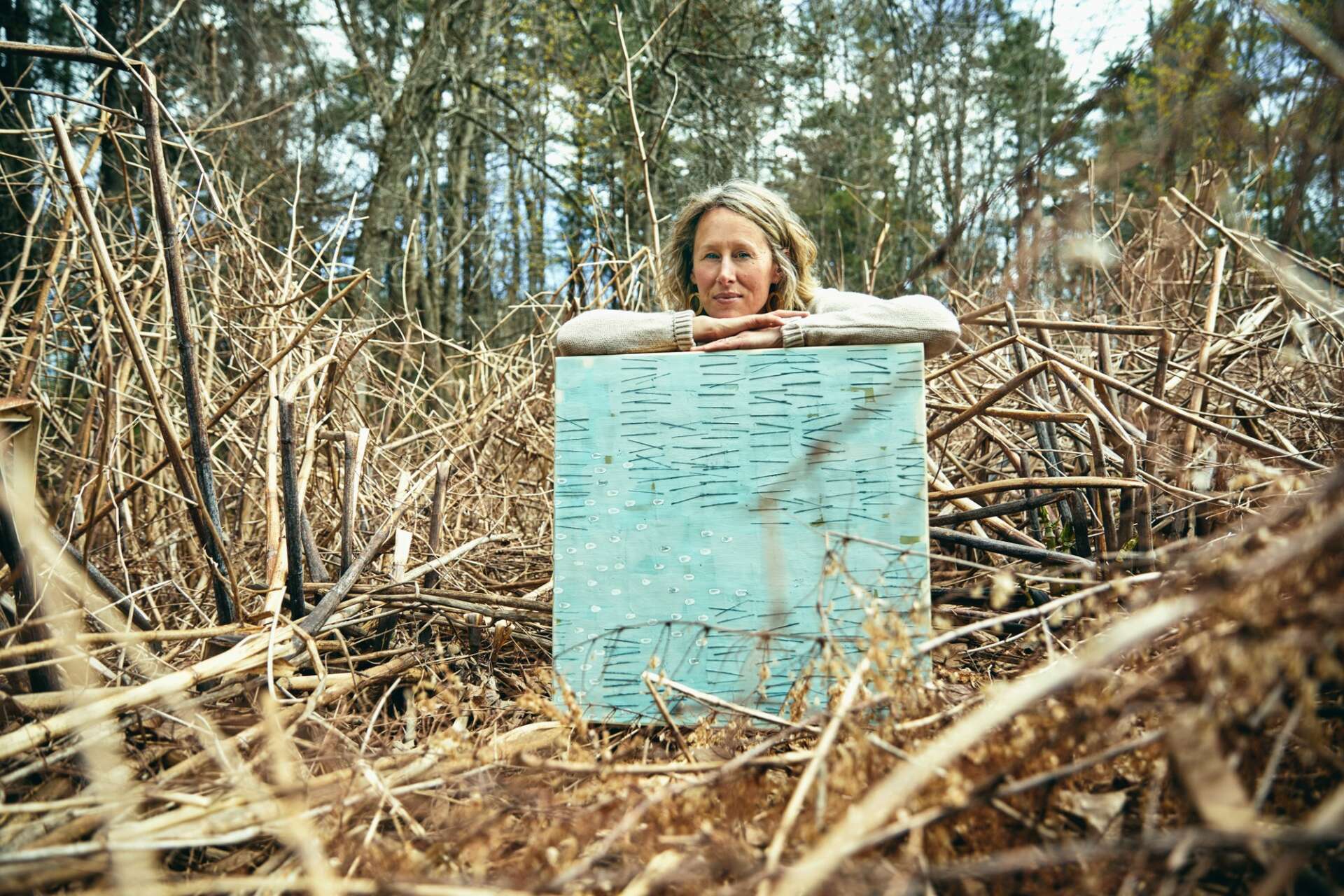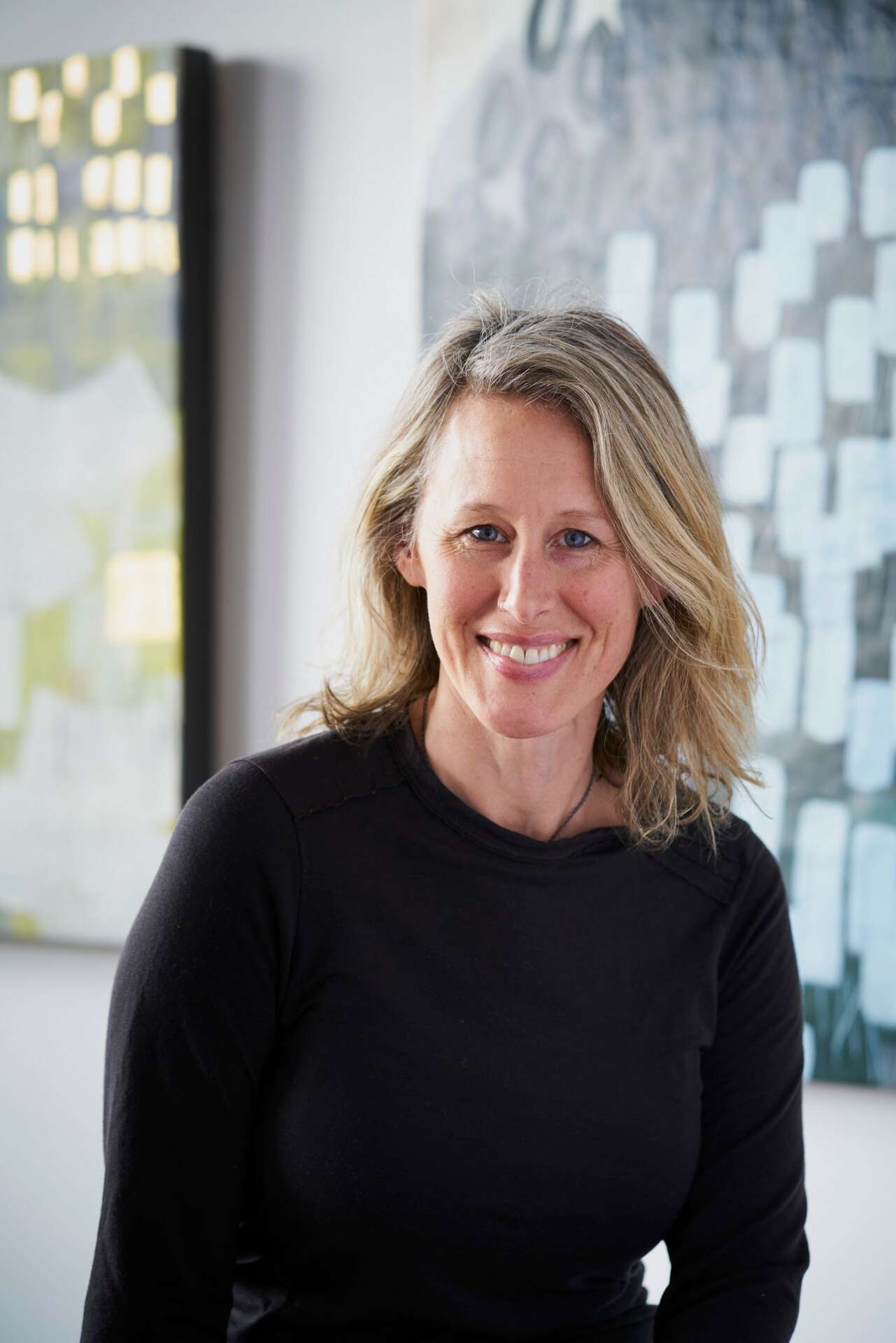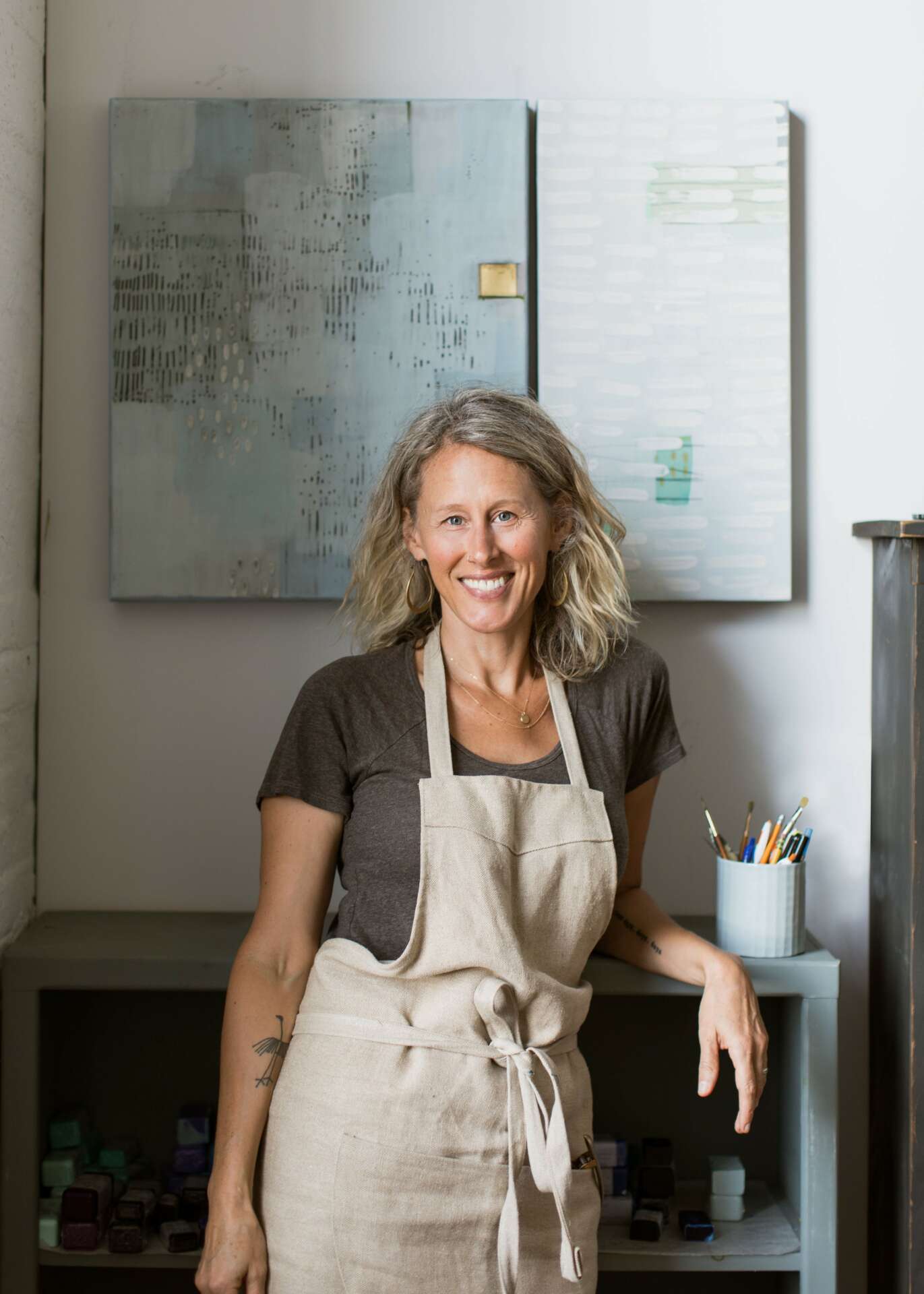Alright – so today we’ve got the honor of introducing you to Dietlind Vander Schaaf. We think you’ll enjoy our conversation, we’ve shared it below.
Hi Dietlind, thanks for joining us today. What did your parents do right and how has that impacted you in your life and career?
I have been very fortunate in life to have two loving and enthusiastic parents who have encouraged and supported me to pursue what I love and am passionate about in life. My mother and father are highly energetic people – the sort who wake up full of ideas and plans.
I remember when I was a teenager my father told me not to worry too much about what I picked as a major in college because my generation was likely to have “at least seven different careers” in our lifetime. I found this oddly reassuring and it proved to be true in my case. I changed my major at least 6 times and worked jobs ranging from office manager at a law firm to development assistant at an art college before landing my current position working remotely for R&F Handmade Paints. I have also taught workshops for the past 13 years and somehow still find time to paint.
My father left his career to start his own business midway through his life and now in his 80s he is a woodworker and has his captain’s license so he can move boats. My mother had a full time career as a physical therapist, but I think she would say that her great love in life was and is being a mom. She is an avid gardener and has traveled the world. The two of them taught me to have an open and curious mind, to try new things, and to appreciate the challenges in life as opportunities for self-growth.

Dietlind, love having you share your insights with us. Before we ask you more questions, maybe you can take a moment to introduce yourself to our readers who might have missed our earlier conversations?
I was working full time at a law firm and in graduate school at night pursuing my MFA in creative writing when I went to an art reception in downtown San Francisco and fell in love with a painting. It was titled “Night Train To Amsterdam” by Aondrea Maynard. I was so drawn to the painting that I looked up the artist and found out she was teaching workshops. From that moment on painting became a big part of my life.
Struggling with finances, I created my first studio in a corner of the living room in our flat in San Francisco. Later I had shared studios and smaller spaces of my own. I moved into my current studio in Maine in 2019. It is a lovely private sanctuary overlooking the Presumpscot River and at just over 1,200 square feet it has plenty of room for larger work, as well as the occasional workshop.
I paint with encaustic – a molten, pigmented, beeswax-based paint. My palette is heated to 200 degrees and each layer of my painting must be fused together with a heat gun or torch.
In addition to painting, I travel to teach workshops throughout the year both nationally and internationally. This year will find me in Rhode Island, New York, Massachusetts, Wisconsin, North Carolina, Maine, Ireland, and Switzerland. Whenever I can, I offer yoga as part of my art retreats and classes. I also work remotely for the company that makes the paint I use overseeing their educational outreach, donation support, and building creative content for their website and social media platforms.


We’d love to hear a story of resilience from your journey.
I often look back at the start of my teaching career and am amazed at how hard I was willing to work to realize my goals. I juggled a full time job in development at an art college and my own painting practice while finding ways to bring art making to a range of audiences. I began by offering classes through the Continuing Studies department at the school where I worked. From there, I branched out to work with diverse populations from women veterans to immigrant and refugee populations. I wrote grants to fund some of these workshops and others I offered at cost.
When I decided to focus more of my time on teaching, I reached out to art schools and craft centers throughout New England. For every one that turned me down, another was open to hearing from me. Most of these places didn’t have the equipment or tools I needed to offer encaustic painting workshops and I wanted to make the barrier to entry as low as possible, so I invested very substantially in it myself.
During these early years I often found myself driving for hours to and from workshops with my car jammed full of heated palettes, heat guns, torches, extension cords, carving tools, paint brushes, all the materials we needed for painting – even craft paper and tape for covering tables. I’d come a day early to set up and stay late to break down the room.
I remember setting the goal of establishing an email list for marketing purposes during this time. It took a lot of self-confidence to promote myself as a teacher and artist. I wrestled for nearly a year with what I would include in an initial email. I felt that it was important that I not just fill someone’s inbox with self-promotion, but that I offer something of value.
When I received my first unsubscribe notifications, it was hard; I definitely felt rejected. But over the years it got easier. Today when I see someone unsubscribe, I immediately archive them and it doesn’t feel personal in the least. On the contrary, I am glad not to be emailing people who aren’t interested in hearing from me.
My experience as a fundraiser with writing grants, event planning, and working with donors was also extremely helpful. Within the year after I took over an encaustic and yoga retreat on the coast of Maine I reached out to the largest manufacturer of encaustic paint in the country to see if they would provide a donation to support my teaching. Today I work for that company remotely from my home in Maine. It’s been an incredible journey, but each step of the way I assessed what skills and experience I could draw upon to help me succeed.


What do you think is the goal or mission that drives your creative journey?
As a workshop instructor, my goal is to facilitate experiences for my students in which they access their own creativity and learn how to exercise this muscle so that it grows stronger if they wish to do so. Everyone has stories brewing inside and everyone can learn how to express themselves in a creative fashion. To make something physical and tangible from that inner place can be a powerful experience and one that builds self-confidence. Not all of my students are professional artists. Some are just looking to tap into that inner well of creativity. The process of making has many ups and downs – sometimes we have to allow something to move in it’s own direction as opposed to forcing it. Making art has been a deeply spiritual practice for me for nearly two decades. It has enabled me to learn and grow as a human being by cultivating my capacity for self-observation.
In terms of myself as an artist, my paintings reflect my interest in contemplation and the natural world. I describe my work as an effort to render temporary, fleeting moments of beauty, balance, and stillness visible. They represent the place where the inner landscape and the outer landscape meet. Through texture, pattern, mark making, and color, I attempt to convey an emotional tone of calm-centeredness. There is a strong narrative underpinning present. Each painting is a poem of sorts.
My work references teachings from Zen Buddhism, Christian mysticism, the poetic traditions, and contemplative practices including yoga and meditation. I am influenced by writings on meditation and quiet by Pico Iyer, Jon Kabat-Zinn, David Hinton, and Gordon Hessler, as well as the minimal work of artists Agnes Martin, Hiroyuki Hamada, and Zarina Hashmi, and far too many poets to name. 


Contact Info:
- Website: dietlindvanderschaaf.com
- Instagram: @dietlindvanderschaaf
- Facebook: Dietlind Vander Schaaf
Image Credits
Photographers include: Scott Dorrance, Jesika Theos, and Michael D Wilson.


